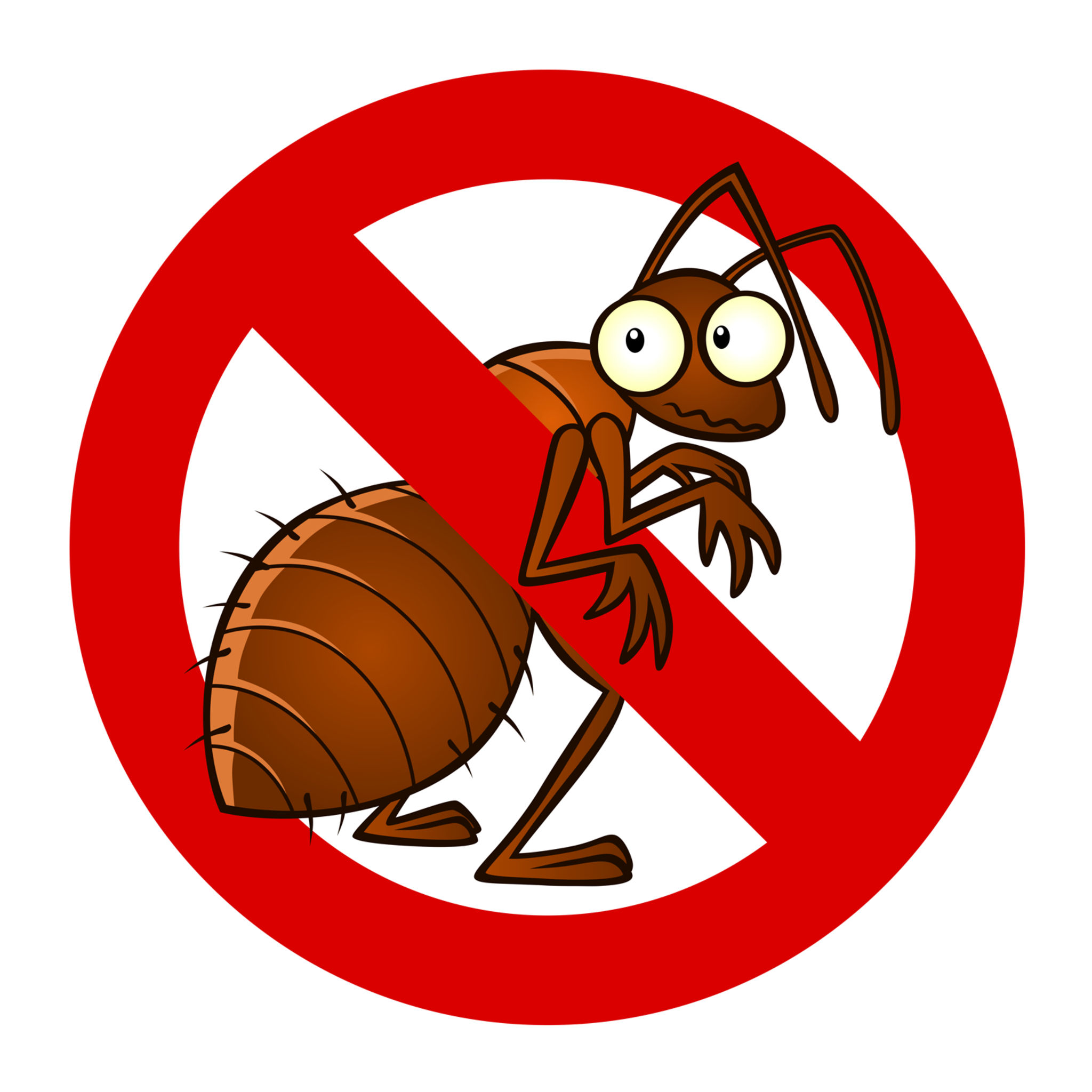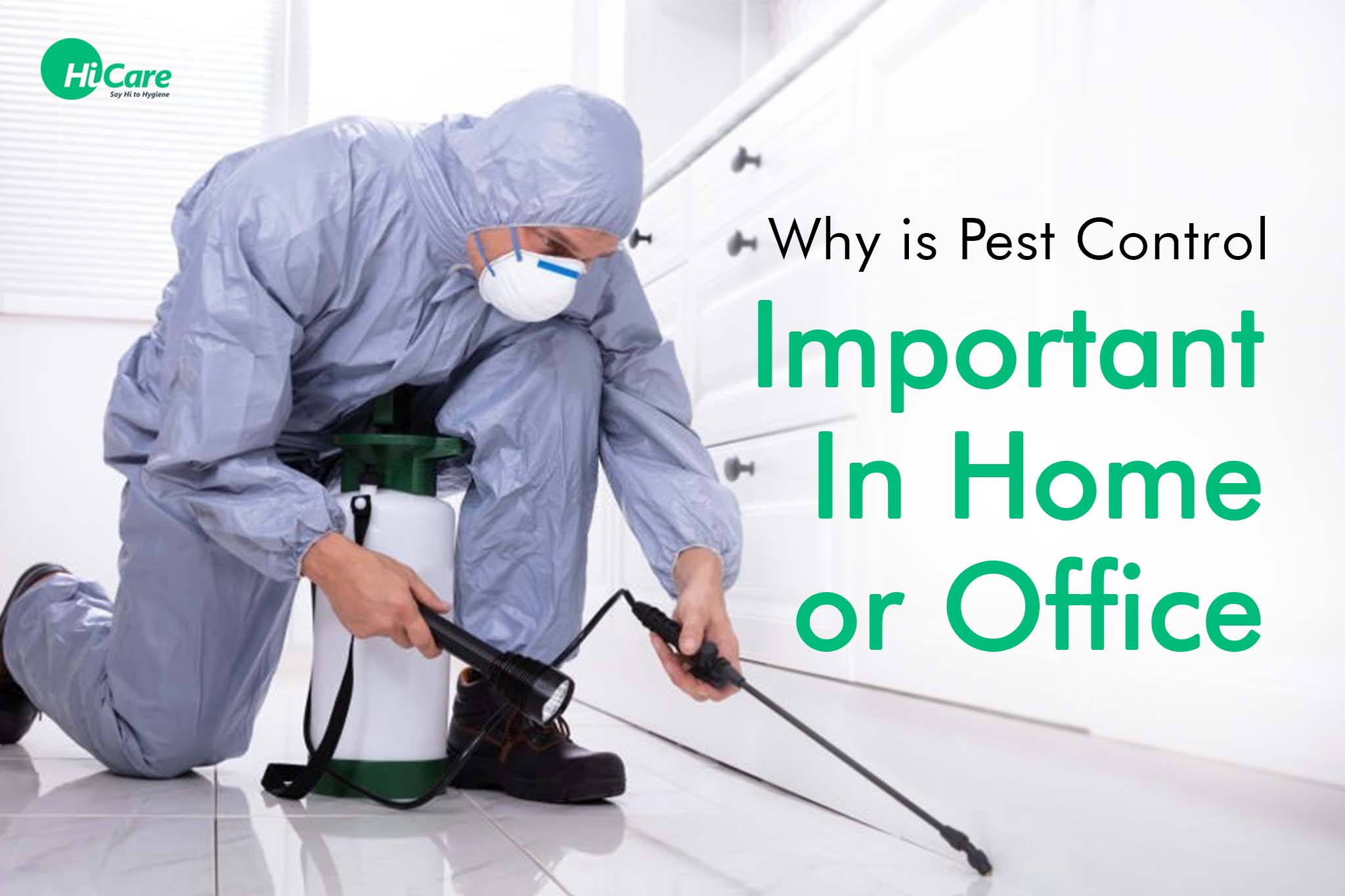Professional Chicago Wasp Nest Removal: Essential Services for a Pest-Free Property
Wiki Article
Discovering Different Techniques and Techniques for Comprehensive Parasite Control in Residential Spaces
The landscape of insect control in household spaces has progressed significantly, demanding a comprehensive understanding of different approaches that can be employed for efficient administration. Conventional chemical therapies, while reliable, are progressively being enhanced by environmentally friendly alternatives and Integrated Parasite Administration (IPM) techniques. Homeowners need to think about preventative actions, such as regular tracking and precise parasite identification, to maintain a healthy atmosphere. The genuine challenge lies in striking an equilibrium between efficiency and safety and security-- an expedition that discloses the nuances of each technique and its ramifications for lasting living.Recognizing Parasite Control Fundamentals
Reliable pest control is important for preserving a healthy and balanced and secure living atmosphere. Recognizing the essentials of insect control entails acknowledging the types of bugs that generally get into domestic rooms, the prospective risks they position, and the significance of safety nets. Typical household pests include rodents, insects, and various other undesirable creatures that can compromise hygiene, damage building, and set off health issues.A vital primary step in insect control is determining the specific parasites existing. This can include examining locations such as basements, kitchen areas, and attics, where bugs are most likely to thrive. When identified, it is important to comprehend their routines, reproducing cycles, and chosen atmospheres, which can inform appropriate control methods.
Preventive steps are basic to reliable pest monitoring. These consist of sealing entry factors, preserving cleanliness, and reducing mess to get rid of hiding spots. Furthermore, appropriate food storage and waste administration can significantly decrease the attraction of a home for insects.

Typical Chemical Therapies
Amongst the numerous pest control strategies, standard chemical treatments have long been used to resolve problems in household areas. These treatments commonly involve the application of chemical pesticides made to get rid of insects such as bugs, rodents, and other undesirable microorganisms. The efficiency of these chemicals can vary, relying on the sort of bug, the solution of the pesticide, and the technique of application.
Usual classes of typical chemical therapies consist of insecticides, herbicides, rodenticides, and fungicides, each customized to fight particular parasites. Insecticides, for instance, might target cockroaches, termites, or ants, while rodenticides are particularly developed to regulate rodent populations. These chemicals are often offered in different kinds, consisting of sprays, baits, and granules, permitting house owners adaptability in application.
Regardless of their efficiency, typical chemical treatments elevate problems concerning potential toxicity to people, pets, and beneficial microorganisms in the setting. As a result, it is critical for home owners to thoroughly adhere to application standards and safety and security precautions to reduce risks. Integrated Pest Administration (IPM) methods can complement these treatments, ensuring a more holistic technique to pest control while taking full advantage of efficacy and security in property settings.
Eco-Friendly Insect Control Options
Green pest control alternatives are obtaining appeal as homeowners look for much safer and more sustainable choices to standard chemical treatments. These approaches focus on the wellness of both residents and the environment, lessening the influence of insect control practices.One widely embraced environment-friendly technique is making use of natural repellents obtained from essential oils, such as peppermint and citronella. These oils not just discourage bugs however additionally offer enjoyable aromas for indoor spaces. Diatomaceous planet, a powder made from fossilized algae, acts as a natural insecticide by harming the exoskeletons of insects upon call, leading to dehydration.
An additional efficient strategy includes promoting biodiversity in yards and yards. Presenting useful pests, such as lacewings and ladybugs, can normally regulate pest populations (Chicago pest control for restaurants). In addition, employing traps made from naturally degradable products can help catch and remove parasites without causing injury to the ecosystem
Normal upkeep, such as sealing entry factors and proper hygiene, further boosts the effectiveness of environmentally friendly parasite control. Property owners can take positive internet steps to protect against invasions, making sure a more lasting living atmosphere while properly taking care of pest-related issues.
Integrated Bug Monitoring Approaches
Implementing integrated pest monitoring (IPM) strategies offers an extensive technique to pest control that emphasizes prevention and long-term solutions. IPM incorporates numerous techniques, focusing on comprehending bug behaviors, life cycles, and environmental dynamics to reduce parasite populations effectively. This complex strategy focuses on non-chemical techniques, such as biological control, habitat manipulation, and cultural practices, to decrease reliance on pesticides.A fundamental facet of IPM is monitoring and determining bugs precisely. When intervention is needed, this entails regular assessments and the facility of action limits to figure out. By recognizing the particular pests influencing domestic settings, targeted treatments can be utilized, reducing the likelihood of unneeded pesticide applications.
Another vital part of IPM is informing house owners about the value of hygiene and maintenance methods. By cultivating a setting that dissuades pest problems-- such as sealing access factors and handling moisture-- homeowners can significantly alleviate the risk of pest troubles. In addition, when chemical controls are regarded essential, IPM supporters for the usage of the least hazardous alternatives to reduce ecological impact. Via these approaches, IPM not only addresses existing insect concerns however likewise fosters sustainable methods that promote lasting insect administration success.
Preventative Steps for Homes
To ward off potential bug invasions, home owners need to take on a useful site positive method that highlights preventative steps. This begins with preserving a orderly and tidy home, as clutter and food particles bring in insects. Chicago pest control for restaurants. Frequently vacuuming, sweeping, and wiping down surface areas can considerably lower the danger of problemsAdditionally, securing entry factors is vital. Homeowners need to examine windows, doors, and foundation splits for gaps that can permit pests access to the home. Utilizing caulk and weather condition removing can effectively block these entryways.
Proper food storage space is another important measure. Keeping food in airtight containers and immediately cleaning up spills or crumbs assists discourage rats and bugs.
In addition, taking care of exterior settings can avoid bugs from trespassing on household rooms. more helpful hints Home owners ought to make sure that drainage systems are working well, and landscape design is kept neat. Trimming shrubs and trees away from your home and removing standing water can additionally lessen bug environments.

Verdict
In verdict, effective insect control in domestic rooms demands a diverse strategy that integrates conventional chemical treatments with environmentally friendly methods and Integrated Insect Monitoring techniques. By prioritizing preventative measures, such as maintaining sanitation and securing entry points, property owners can significantly lower bug events. Normal monitoring and exact pest recognition even more enhance monitoring efforts. Inevitably, a well balanced methodology that integrates all-natural repellents and the very least toxic chemicals fosters a healthy and balanced and safe living atmosphere while dealing with pest-related obstacles.Comprehending the fundamentals of bug control involves recognizing the kinds of pests that typically attack residential spaces, the prospective dangers they position, and the significance of preventive steps.A crucial first action in pest control is determining the specific pests existing. Integrated Pest Monitoring (IPM) approaches can match these treatments, guaranteeing a more alternative technique to pest control while maximizing efficiency and security in domestic settings.
Carrying out integrated bug monitoring (IPM) techniques offers an extensive strategy to pest control that highlights prevention and lasting options.In final thought, reliable pest control in residential rooms demands a diverse approach that combines typical chemical treatments with green practices and Integrated Insect Administration techniques.
Report this wiki page